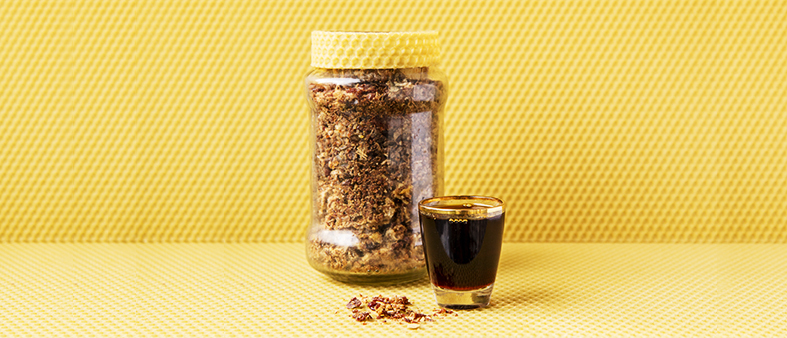
Brazil’s Most Popular Home Cold and Flu Treatments
When it comes to treating cold and flu symptoms in Brazil, “A avó sabe melhor!”—Grandma knows best!
Brazilian grandmothers are well-known for having a tea or tincture to cure any illness. Stomach pain? Headache? Difficulty sleeping at night? Avó has got just the right thing to soothe and provide relief.
Treatment for cold and flu symptoms is no different. At the first sign of symptoms, you can count on a Brazilian grandmother to have a suggestion ready—often a tea made with ingredients that contain antioxidant, anti-inflammatory, and analgesic properties.
Of course, for more serious illnesses, they’ll suggest you see a doctor or get medicamentos—medication—from the pharmacy. But for a mild case of the sniffles, there are many traditional Brazilian home remedies you can use to make yourself more comfortable and promote a faster recovery.
Here are some of the most popular traditional cold and flu remedies in Brazil.
Traditional Brazilian Cold and Flu Remedies
1. Chá de mel e limão (honey and lime tea)
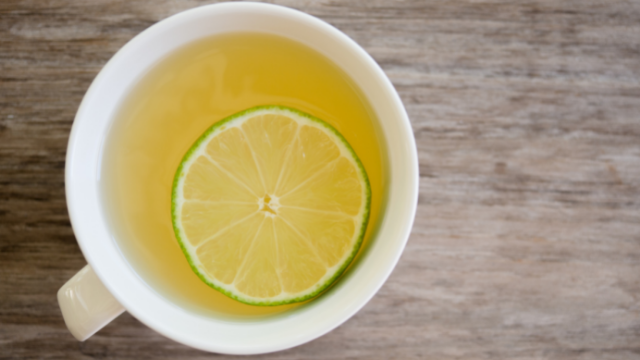
This is a classic among Brazilians. The ingredients help to hydrate as well as decongest the nose and throat. You can add ginger, too, to make it a little more powerful. Ginger has anti-inflammatory and expectorant action—it helps discharge mucus from the respiratory tract, reducing the phlegm often produced during a cold.
Note that Brazilians typically use limes because they are commonly available (and cheap), but you can also use lemon.
Ingredients:
- 1 cup agua (water)
- 2 tablespoons mel (honey)
- The juice of one limão (lime)
- Optional: A chunk of fresh gingibre (ginger)
Method:
- Add sliced ginger into a saucepan of boiling water. Let boil for 2 minutes.
- Remove from heat and add pure lime juice and honey. Adding the lime juice later, when it’s done boiling, helps ensure the vitamin C in the fruit will not be lost.
- Strain out the ginger and serve warm.
Note: In true Brazilian style, you can make a big pot of this and keep on the stove, reheating it again and again throughout the day.
2. Chá de alho (garlic tea)
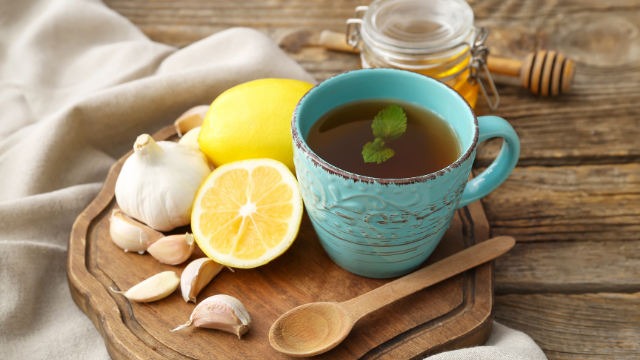
Garlic tea may not be the best recipe in terms of flavor, but its powerful effects make up for the bad taste (and the bad breath you may be left with after drinking it)! Garlic contains allicin, which has antimicrobial, analgesic, and anti-flu properties. In other words, it’ll help you quickly say goodbye to cold and flu symptoms.
Ingredients:
- 1 cup agua (water)
- 3 crushed dentes de alho (cloves of garlic), skin removed
- 1 teaspoon mel (honey)
- Juice of 1/2 limão (lime) or limão siciliano (lemon)
Method:
- Boil the water in a saucepan and add the garlic to it.
- Cook on low heat for about 5 minutes.
- Turn off the heat and let it sit for about 10 minutes.
- Strain out the garlic and place the liquid in a cup.
- Add lemon juice and honey.
- Serve warm.
Again, feel free to make a big batch and reheat it throughout the day.
3. Chá de equinácea (Echinacea tea)
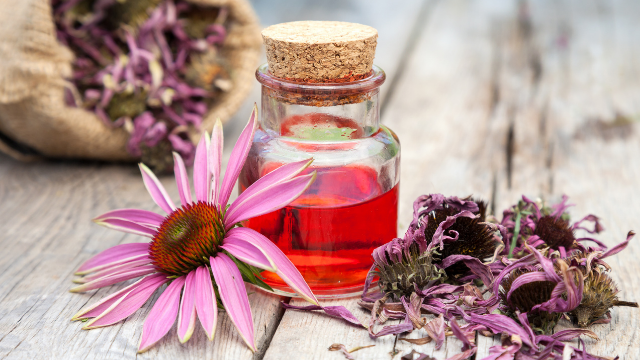
Echinacea is a flowering plant related to the daisy and has long been used as a traditional medicine. It’s thought to stimulate the immune system and promote sweating, which helps fight fevers. Brazilians will also tell you that it can help fight a runny nose, coughs, and inflammation.
Ingredients:
- 1 cup water
- 1 tablespoon of dried echinacea leaves
Method:
- Bring the water to a boil in a saucepan.
- Remove from the heat and add the dried echinacea leaves.
- Allow the dried echinacea leaves to steep for 10 minutes.
- Strain out the leaves and serve the tea warm.
4. Suco de frutas (Fruit Juice)
Fruit juice is everywhere in Brazil—no surprise given how blessed the country is with fertile land and an abundance of produce. And while juices are common at any time, they’re especially recommended for people suffering from mild sickness.
Note that while you can buy juice from the store, in Brazil it’s much more common that you buy the fruits themselves and juice or blend them yourself.
Suco de laranja (orange juice)
Oranges are everywhere in Brazil and are, of course, famous for being rich in vitamin C. That makes this easy juice perfect for anyone needing an immune boost. To make the juice, take some oranges, cut them in half, and squeeze the juice into a glass.
Suco de acerola (acerola juice)
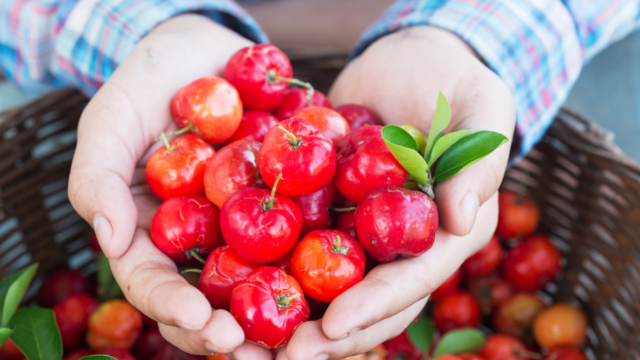
Acerola—sometimes called the Barbados Cherry in English—is a very common tropical fruit in Brazil, and it is also very rich in vitamin C and antioxidants. While it’s difficult to find outside of the country, make sure you put acerola on your “to try” list if you ever visit (and not just if you’re feeling under the weather). It’s delicious!
To make the juice, take a cup of acerola fruit and mix in a blender with a cup of water and a teaspoon of honey until smooth.
Suco de caju (cashew fruit juice)
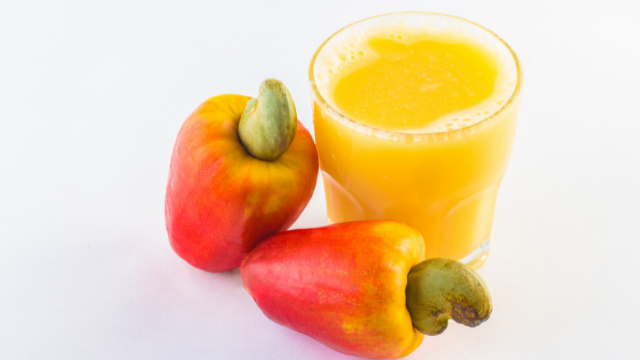
You probably know cashews as the little crescent-shaped dried nut that’s delicious as a snack or added to baking. But you may not know that castanha de caju (cashew nuts) actually make up just a small piece of the larger cashew fruit.
Cashew is native to the coastal region of northeastern Brazil. Its fruit looks almost like an apple and has a chewy, sweet flesh that is very commonly squeezed into juice. Like acerola, it may be difficult to find outside of Brazil, but you may be able to find boxes of suco de caju (cashew fruit juice) to get an idea of what it tastes like.
To make the juice from fresh cashew fruit, blend the fruit into a smooth puree with water, and then strain out the pulp.
Pro tip: To rev up the immune effects of any of these juices, add a few drops of propolis extract. Propolis is a resin produced by bees. It has antimicrobial properties and may help to support the immune system.
5. Sopa de galinha (chicken soup)
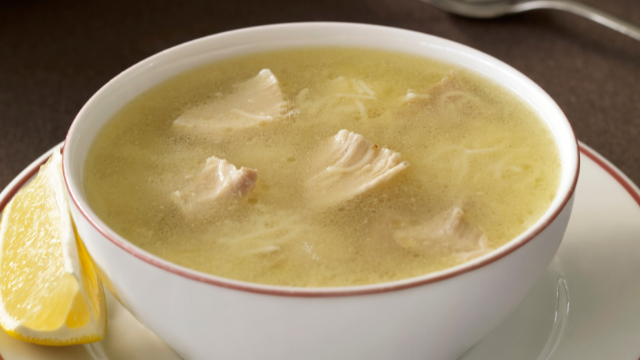
Like many other places, Brazilians count a number of warm, comforting soups among their traditional cold and flu remedies. These help provide the nutrition the body needs to fight off illness while also helping stay hydrated. They’re also comforting—who doesn’t feel soothed by curling up with a warm bowl of soup when they’re not feeling well?
And, also like many places, one of the go-to options for Brazilians is sopa de galinha—chicken soup. Here’s a Brazilian chicken soup recipe to get you started.
6. Caldinho de feijão (bean broth)
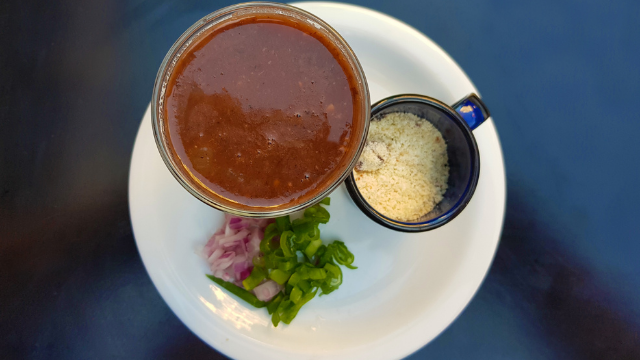
Feijão—beans—are a staple of the Brazilian diet. While they’re normally served with rice and other side dishes, it’s also common to find them served in a big pot of black bean soup. It’s actually a version of feijoada, which could fairly be called the national dish of Brazil. But caldinho de feijão is usually runnier than feijoada and served in a bowl rather than with rice.
This is a hearty, smooth, and comforting meal that’s perfect for providing reinforcement to a body weakened by illness. Here’s one of my favorite recipes for caldinho de feijao.
Use your downtime to learn Portuguese!
If you’re feeling a bit under the weather, take care of yourself. Get lots of rest. Stay hydrated. And if you don’t have access to your own Brazilian grandmother to comfort you, hopefully, these traditional remedies—approved by avós everywhere—can help a little.
And perhaps even make use of the downtime to do a little language learning? You might start with Brazilian Portuguese and get better acquainted with Brazil’s language and culture.
Here are some Portuguese Netflix shows you can binge and even how you can learn a language playing video games—both the perfect activities to do while you recover.
Hope you feel better soon! Begin your Brazilian Portuguese language journey today with a free week of language lessons!
No Comments for "Brazilian Cold and Flu Remedies: Avó Knows Best"